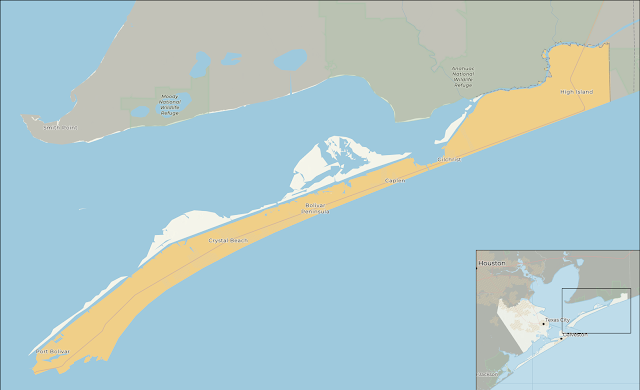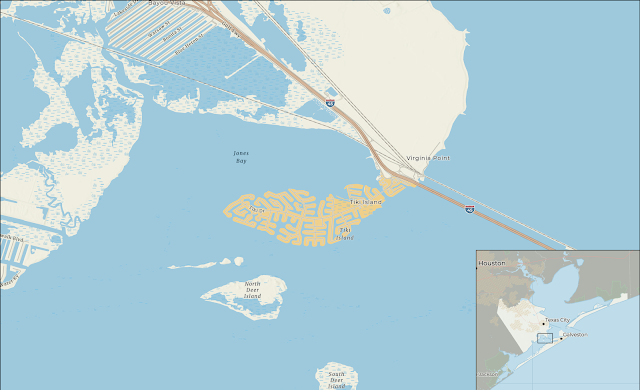Galveston County - Santa Fe

This week our tour through Galveston County returns to the western side of the mainland. Santa Fe is a city that exists, not primarily due to the wishes of its own residents, but to those of the neighboring city of Hitchcock. According to the US Census Bureau a total of 12,735 residents populate this town which sits along Highway 6 at an elevation of 30 feet above sea level. The city has been incorporated since 1978 and now includes a total area just over 17 square miles. The story of the town began with a railroad - the Gulf, Colorado, and Santa Fe - that sought to connect Galveston Island with the inland part of Texas without passing through Houston. Founded in 1873, its goal was to traverse Texas and terminate at Santa Fe, New Mexico Territory. Work began in 1875 and by 1877 enough track had been constructed that the line extended beyond the county's edge. Several communities began to grow along the line, including a few in western Galveston ...


